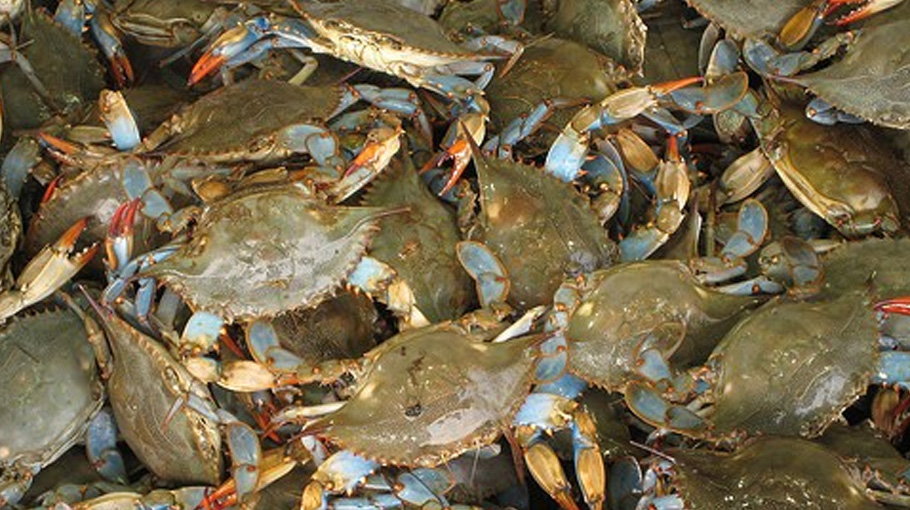High commercial potential of crabs in Bangladesh

It is possible to earn several times the national budget every year by utilizing only one valuable animal of the Bay of Bengal like horseshoe crab or crab. At present millions of crabs are dying in various ways every year. In Cox's Bazar alone, in the area of only 10 km of Nazirartek estuary and Maheshkhali channel from Majhirghat of Bankkhali river, millions of crabs are dying in Bihindi net every year. This valuable animal is suffering the same fate in other parts of the country. The concerned scientists think that it is possible to bring a magical change in the economy of the country by keeping this primitive creature of the world known as 'living organism' alive in nature.
Researchers made the remarks at a seminar organized by the Bangladesh Marine Research Institute, located on the island behind Ramu in Cox's Bazar, on the occasion of International Horseshoe Crab Day or World Crab Day. Apart from the scientists and researchers from India and Bangladesh, local environmental volunteers also spoke in the two sessions of the seminar titled ‘Save the crab'.
Director General of Bangladesh Marine Research Institute (Additional Secretary) Oceanographer Saeed Mahmud Belal Haider presided over the seminar. Sagir Ahmed and Virtually Attended the Seminar and presented the keynote address. Govinda Chandra Biswal. During the seminar, the chief scientific officer and head of the marine fisheries and technology center of the Bangladesh Fisheries Research Institute (BFRI) in Cox's Bazar, Dr. Shafiqur Rahman. Presenting a virtual essay on the biochemical properties of crabs, Dr. Jyotirmoyee Pradhan. The seminar started with the welcome speech of Abu Sayeed Mohammad Sharif, Senior Scientific Officer, Department of Biological Oceanography, Bangladesh Marine Research Institute and discussed its importance.
Orissa KM College of Basic Science principal and crab expert Dr. seminar. Govinda Chandra Biswal said the United States is bringing prosperity to the biomedical technology and economic sectors in various countries, including India and China, by exploiting the valuable medicinal properties of crabs.
He said that if crabs can be cultivated in India, China and America, then why not in Bangladesh?
He thinks that if we know the crab, we can save him.
Saeed Mahmud Belal Haider, Director General of Bangladesh Marine Research Institute, said at the seminar about the research progress of their institute in the last one year. If we can build a sanctuary for them, millions of crabs will be saved every year. Whose economic value is several lakh crores.
BFRI's Marine Fisheries and Technology Center Chief Scientific Officer and Head of the Center. Highlighting the research progress of the last one year, Shafiqur Rahman said that the scientists of the center have been working tirelessly for the acquisition of domestic breeding technology of crabs. This requires a long time. Because it takes 5 to 6 years for a crab to become an adult from a egg. And lives about 20 years.
Ahmed Gias, Team Leader of Horseshoe Crab Conservation Group, Bangladesh, Asma, IUCN's Asma, Uttam of Worldfish, Moktar Mia and others also took part in the open discussion at the seminar.
Ahmed Gias, Team Leader, Horseshoe Crab Conservation Group, Bangladesh, said: And the economic value of just one crore crabs is at least three times the national budget.
On the occasion of 'International Crab Day', for the first time, various day-long programs were observed through the initiative of Bangladesh Marine Research Institute. As part of the program, after the inaugural program and seminar in the morning, in the afternoon, an inspection and awareness campaign was conducted in the city from Bankkhali river to Sonadia Island.
Everyone present at the seminar pledged to protect the crabs from their respective positions and to inspire the people.




